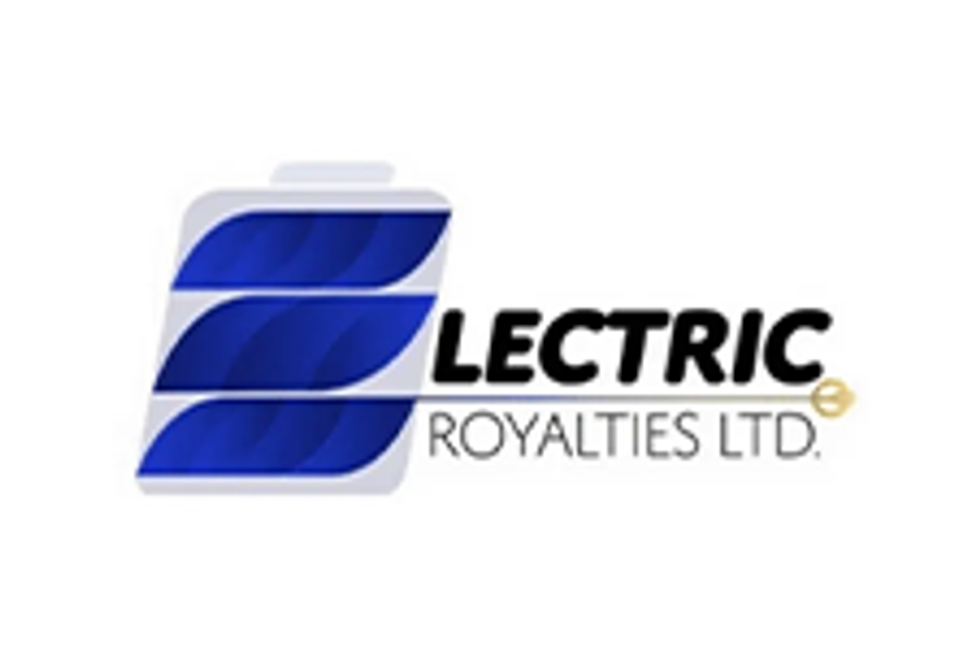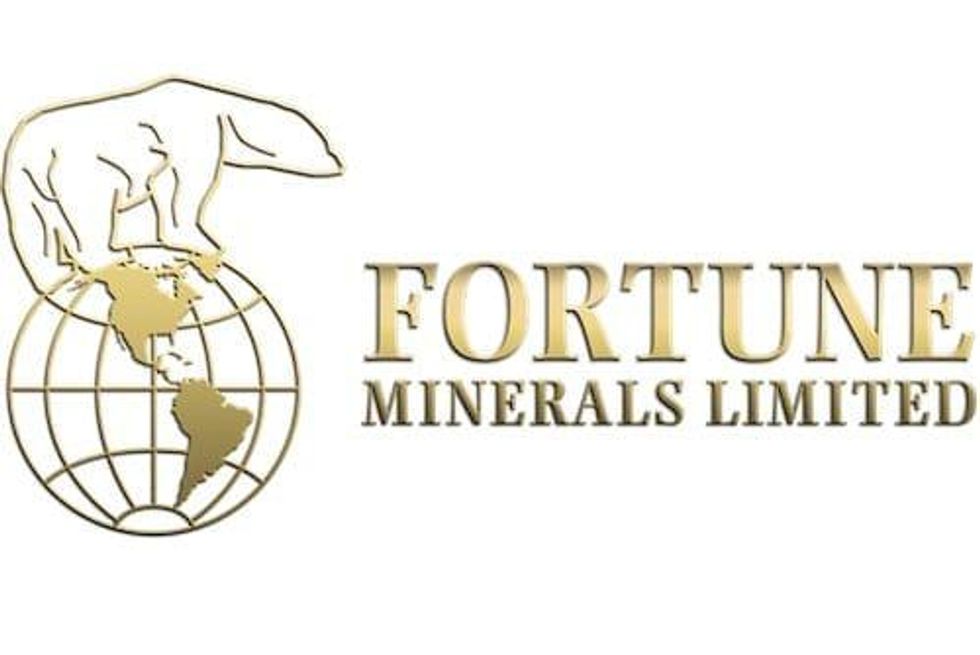
INN takes a look at some of the stories that gained global attention in the electric vehicle and battery metals spaces in 2019.
Going by the last 12 months, the future of electric vehicles (EVs) is bright, and so too might be the future of the resources industry, which supports them and the renewable economy.
While internal combustion engine (ICE) vehicles still command the overwhelming majority of vehicle sales globally at 90 percent as of data from mid-2019, the year was still a boon for electric vehicle developers and producers, with sales of pure electric vehicles starting to look like a hockey stick on charts.
Before we explore those themes and more, here’s a quick rundown of a few of 2019’s big events in the world of electric vehicles and, by association, battery metals, as covered by INN and media around the world, with a focus on the EV industry, where much of the demand — and the hype — is coming from.
Stories that made a splash in 2019
Though there are plenty of questions about the relative impact of EV development and production on some of the commodities associated with batteries, downstream from the production of materials there’s a frenzy of coverage on demand and development of the end product.
The year saw car shows around the world, from Japan to Frankfurt and LA, dominated by electric vehicle hype, with attention focused on the surge in EV options available to consumers.
Through 2019, American EV startup Rivian wowed the media with its nine and 10 figure investment announcements. First, Amazon (NASDAQ:AMZN) dumped US$700 million into the company in February, then America’s number two automaker Ford (NYSE:F) joined the fray with US$500 million in April. Towards the very end of the year, the cashed-up developer announced the closing of a US$1.3 billion investment round lead by T. Rowe Price (NASDAQ:TROW).
Rivian made plenty of news during the year as well, including Amazon ordering 100,000 electric delivery vans in September.
The brand sees itself as a Tesla (NASDAQ:TSLA) rival, though it has different segments of the market in its sights, with plans to introduce an SUV and a pickup truck to the market in 2020.
Speaking of Tesla, billionaire Elon Musk’s company unveiled its second SUV model in March, basing the new model on its incredibly popular Model 3 chassis. What really took the limelight, however, came at the end of the year: the entertaining unveiling of the Tesla Cybertruck. Despite the truck looking more like a low-polygon render of a vehicle, Musk said that within five days of the unveiling there were already 250,000 preorders.
With the hype, Tesla’s stick recovered its losses from H1 2019 through H2, reaching towards US$420 as the year came to a close after plumbing depths below US$200 in early June.
Meanwhile, more supercar makers were making noise in the market, throwing development dollars into racing each other to corner the bespoke (and small) battery supercar market.
The US, for its part, lags behind its competitors in China and Europe in overall EV uptake, despite being the home jurisdiction of Tesla — a carmaker that has been driving EV uptake almost single-handedly in the country.
The impact of EVs and supply chains
Speaking at the Association of Mineral Exploration (AME) Roundup in Vancouver early in the year, John Pfahl of SRK Consulting said that for EVs to really take off, automakers needed to start focusing on more affordable models, and that was a tricky equation when it came to supply, demand, development costs and the realities of raw materials.
Speaking with INN later in the year, Pfahl said that despite the above concerns, EVs are here to stay, as even if the EV hype goes away today and investment collapses, in 10 years the economics of the technology would be back in the black again.
A commodity that has a strained relationship in the EV universe is cobalt, a mineral that’s vital for the thermal stability of lithium-ion batteries. The more cobalt is present in a battery, the more stable it is and the less likely it is to catch on fire. More cobalt also means less energy density, however, and with automakers trying to squeeze more range out of batteries, that’s an awkward conundrum.
On top of that, the majority of the world’s cobalt comes from the Democratic Republic of the Congo (DRC), which comes with its own issues, ranging from outright corruption to child labor.
Electric carmakers the world over have a complicated relationship with the mineral, with some looking to secure their own supply chains while others join transparency initiatives or partner with third parties and try to keep their own houses in order.
Speaking of supply chains, they’ve been in the news a lot in the year of the trade war, as most of the minerals associated with batteries are listed as “critical” by governments around the world, meaning there are simmering questions around the viability of leaving production to China.
Through the year, the focus on EV development and uptake stayed close to the top of media coverage around the world, possibly because of the increased coverage of climate politics thanks to activist Greta Thunberg.
In the second-largest market for EVs, Europe, there was noise about accelerating towards the clean energy transition, which of course involves more EV uptake. In Australia, EVs had a moment during the 2019 election as the two major parties took opposite positions on the appropriateness of EVs for the average Australian household.
Image courtesy of Rivian.
Don’t forget to follow us @INN_Resource for real-time news updates!
Securities Disclosure: I, Scott Tibballs, hold no direct investment interest in any company mentioned in this article.
Editorial Disclosure: The Investing News Network does not guarantee the accuracy or thoroughness of the information reported in the interviews it conducts. The opinions expressed in these interviews do not reflect the opinions of the Investing News Network and do not constitute investment advice. All readers are encouraged to perform their own due diligence.


